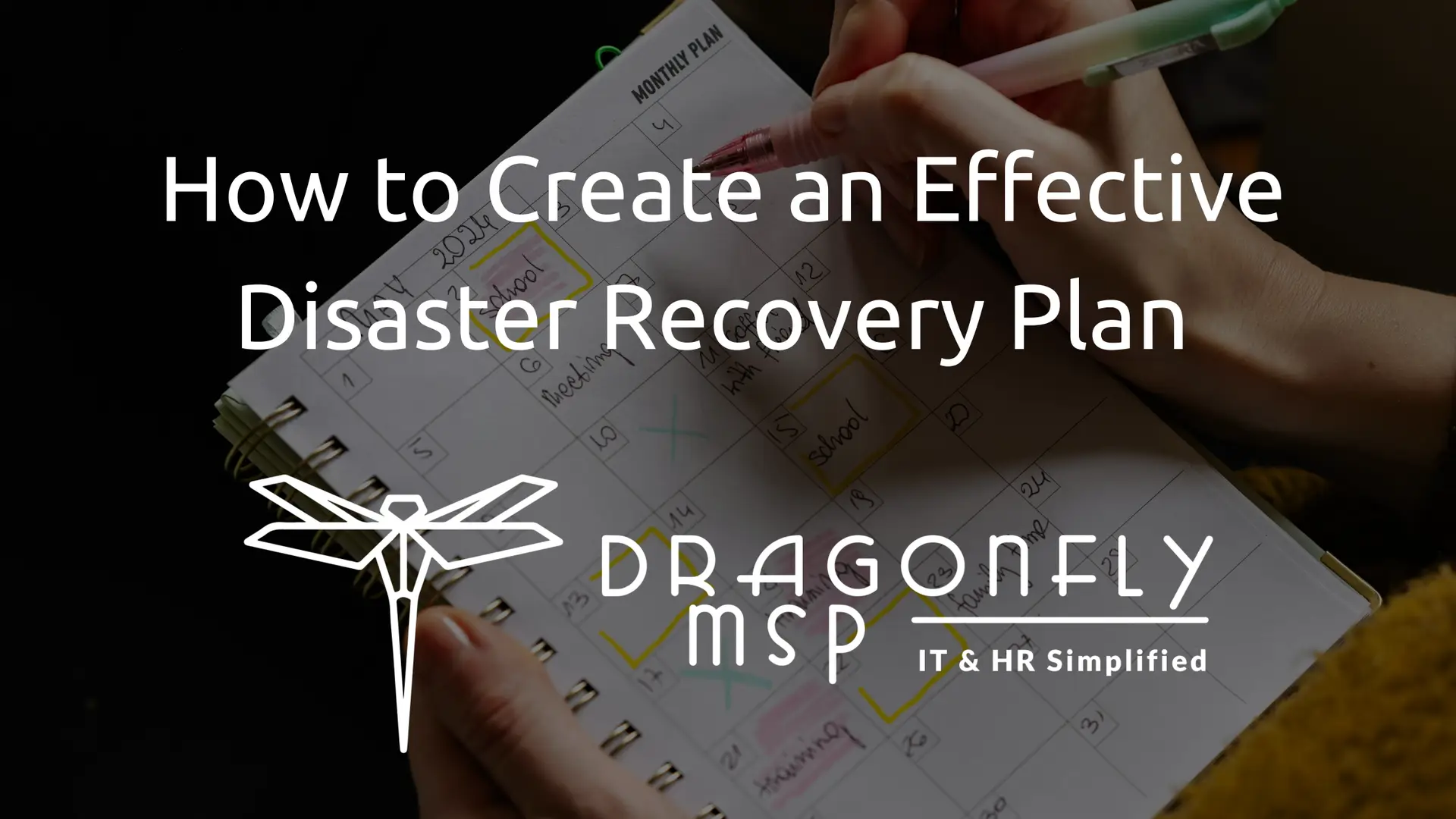Ever found yourself knee-deep in chaos after a system crash or data breach? You’re not alone. Businesses, regardless of size, often face unexpected disruptions that can cripple operations. But here’s the silver lining: a well-crafted disaster recovery plan (DRP) can save your day, your data, and ultimately, your business. So, how do you create an effective disaster recovery plan? Let’s dive in.
Understanding the Basics of Disaster Recovery
Before we get into the nitty-gritty, let’s establish what a disaster recovery plan actually entails. It’s more than just a backup. Think of it as a comprehensive strategy that outlines steps to resume normal operations after a disaster be it natural, cyber, or human-made.
Steps to Create an Effective Disaster Recovery Plan
-
Risk Assessment and Business Impact Analysis (BIA)
- Identify potential risks: floods, fires, cyber-attacks, power outages.
- Evaluate the impact: What happens if your systems go down? Which functions are critical for your business continuity?
- Prioritize risks: Focus on high-impact, high-likelihood events.
-
Set Clear Objectives
- Define recovery time objectives (RTO): How quickly must you get systems back online?
- Establish recovery point objectives (RPO): How much data can you afford to lose?
-
Inventory Your Assets
- Catalog hardware, software, and data crucial to your operations.
- Identify key personnel and roles in the disaster recovery process.
-
Develop a Comprehensive Recovery Strategy
- Data Backup: Regularly backup data to secure, offsite locations. Consider cloud solutions for scalability and security.
- System Redundancy: Implement failover systems and redundant networks to minimize downtime.
- Communication Plan: Ensure clear communication channels with employees, stakeholders, and clients during a disaster.
-
Document the Plan
- Write down every detail: procedures, responsibilities, and contact information.
- Ensure the plan is accessible both physically and digitally.
-
Testing and Training
- Conduct regular drills to test the plan’s effectiveness.
- Train employees on their roles in the disaster recovery process.
-
Review and Update Regularly
- Revisit the DRP annually or when significant changes occur in the business.
- Incorporate lessons learned from tests and real incidents.
FAQs
What is a disaster recovery plan?
A disaster recovery plan is a documented, structured approach with instructions for responding to unplanned incidents affecting business operations.
Why is having a disaster recovery plan important?
It minimizes downtime, protects data integrity, and ensures business continuity, ultimately safeguarding your company’s reputation and bottom line.
How often should a disaster recovery plan be tested?
At least once a year, or whenever significant changes occur in the company’s operations or infrastructure.
Can small businesses benefit from disaster recovery plans?
Absolutely! Small businesses are often more vulnerable to disruptions, making a DRP crucial for their survival and growth.
Conclusion
Creating an effective disaster recovery plan isn’t just a nice-to-have—it’s a must-have. By assessing risks, setting clear objectives, inventorying assets, developing a robust strategy, documenting procedures, and regularly testing the plan, you’re setting your business up for resilience. Remember, it’s not about eliminating risks entirely but about being prepared for when they strike. So, roll up your sleeves and get started on your disaster recovery plan today. Your future self and your business will thank you.







